National Wine Critic Gives Two New Wild Blueberry Wines Rave Reviews
Ray Isle admits he was initially suspicious of Wild Blueberry wines. Isle is Executive Wine Editor at Food & Wine and a foremost expert and connoisseur of fine wines. He travels exhaustively, exploring terroir, the environmental conditions – especially soil and climate – that give wine its unique flavor and aroma. He tastes wines daily and he confesses that when he first agreed to taste two New England Wild Blueberry wines – Bluet and Petite Blue Reserve – he presumed they would be “sweet and uninteresting.”
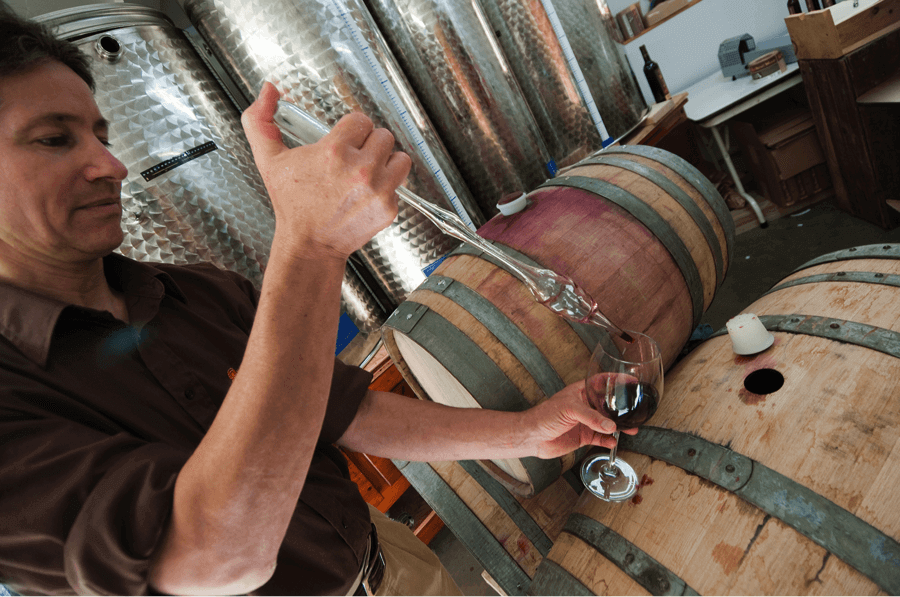
But to the delight of these relatively little known vineyards, Isle became an instant fan. He even joined Kathy Lee and Hoda on NBC’s The Today Show to exalt Petite Blue’s virtues as an “off-the-beaten-path” wine of distinction. When asked to be interviewed for an article about Wild Blueberry wines, Isle graciously agreed.
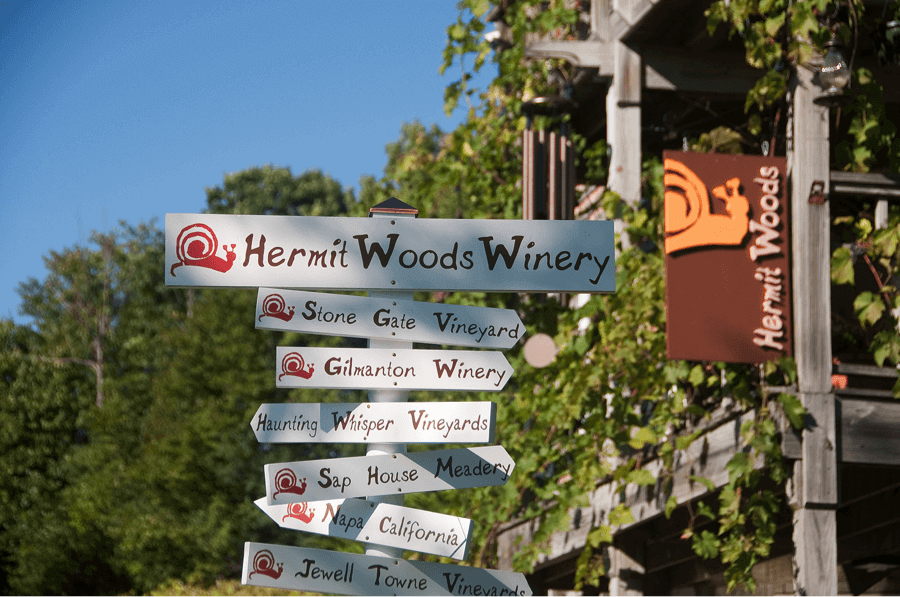
“Bluet and Petite Blue are far better than I ever expected any blueberry wine to be,” he told me candidly. To understand Isle’s unique perspective, one must recognize that making a dry New England wine is quite rare, if not altogether novel.
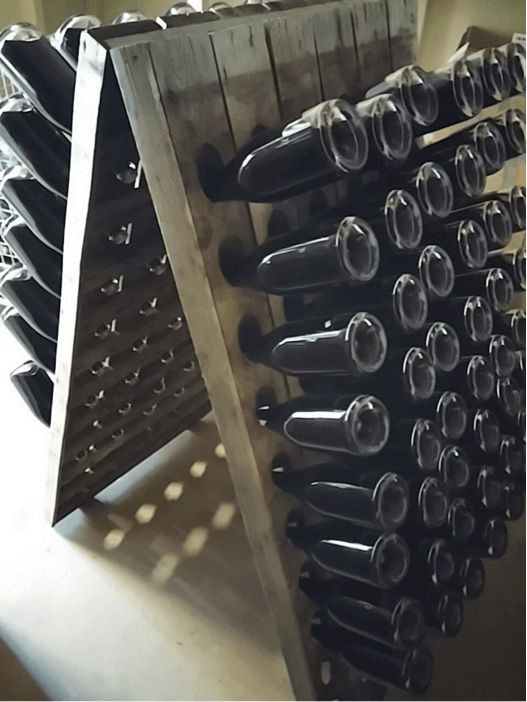
Why? The New England soil and climate are not hospitable to growing traditional wine grapes. It can be done in some parts of New England, says Petite Blue producer Bob Manley of Hermit Woods Winery, but not without significant challenges and often fairly intensive use of chemicals for all kinds of issues. Thus the Northeast has become known for its cottage industry of sweet fruity wines, made from apples, pears, raspberries, cherries, and native Wild Blueberries. Enter Petite Blue and Bluet, courageously forging a new category of dry New England Fruit Wines.
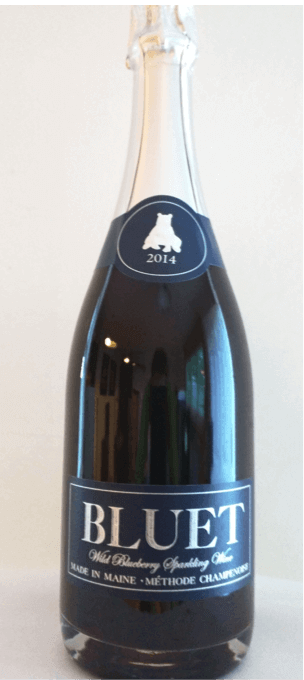
Bluet is a deliciously refreshing sparkling wine made in the fieldstone cellar of a historic barn in Jefferson. Maine. Winemakers Michael Terrien and Eric Martin use the Méthode Champenoise to create their wonderful, memorable wine.
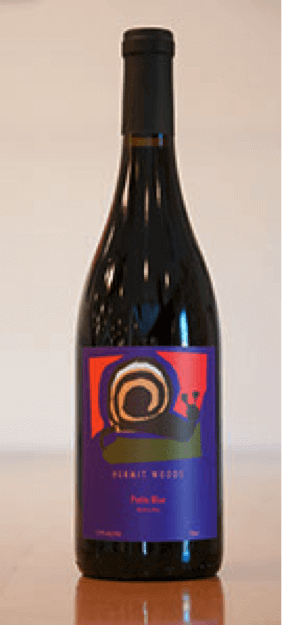
Petite Blue is an elegant burgundy-style wine that emulates the satisfying taste of a pinot noir. This smooth delicate wine, made by Hermit Woods Winery in Meredith, New Hampshire, is crafted with Wild Blueberries that are carefully selected for their flavor and then fermented and aged with a Burgundy blend of French oak.
Both winemakers source their Wild Blueberries from the 10,000-year-old barrens of Maine. Petite Blue’s vintner confesses to once making wine with cultivated blueberries, but the results were dismal. Both winemakers are especially passionate about making dry not fruity wines. They say that the high skin-to-pulp ratio and complex flavor profile of Wild Blueberries – makes them a perfect ingredient for delicious, subtle, dry wine. Ray Isle has taken notice and has interesting things to say about Petite Blue and Bluet. He’s among the first prominent connoisseurs to go public with support, and readers should know that securing a bottle of Bluet or Petite Blue takes some initiative. Both vintners make a limited supply and both sell out every year.
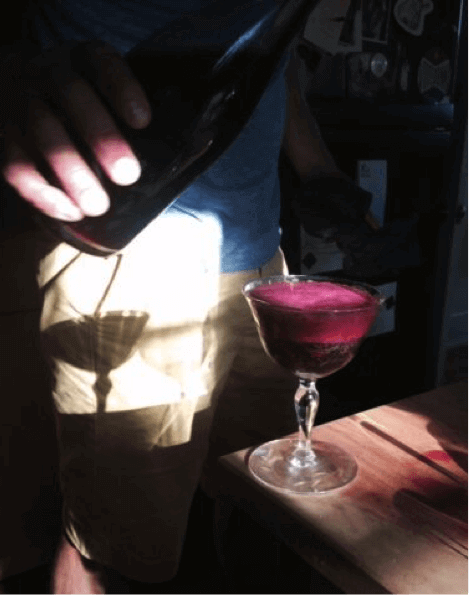
Q: What do you think about using a fruit like Wild Blueberries in wine?
Ray Isle: I think it’s a fascinating idea, if you’re talking about dry wines. There are plenty of sweet, uninteresting fruit wines out there. Blueberries—from my limited experience—seem also to be able to produce quite intriguing dry wines.
Q: What in particular do you like about Bluet?
Ray Isle: I like its crispness, the low alcohol level, and the intense blueberry character it offers without sweetness. Seems like an ideal summer possibility for drinking by the water in Maine, actually, which is where I am every August.
Q: What do you like about Petite Blue?
Ray Isle: Similar to Bluet, I like the fact that it has a beautifully distinct blueberry aroma, especially in that the aroma leads you to believe the wine is going to be sweet, and then you realize it isn’t when you taste it.
Q: How do these wines stack up, in terms of flavor and quality?
Ray Isle: That’s hard to answer. I think it’s actually strange to compare them to grape-based wines; they’re an entirely different category, and a brand new one. I can say that they are far better than I ever expected any blueberry wine to be.
Q: How would you recommend that people enjoy them?
Ray Isle: Probably dinner or cheese, rather than dessert. Dry wines are generally bad with dessert, because the sweetness of the food intensifies the tartness of the wine, making it harsh; that’s true of any wine, whether made from grapes or blueberries or anything else. And these two are already plenty tart (in a good way). I think Bluet would also be a great aperitif/cocktail hour drink.
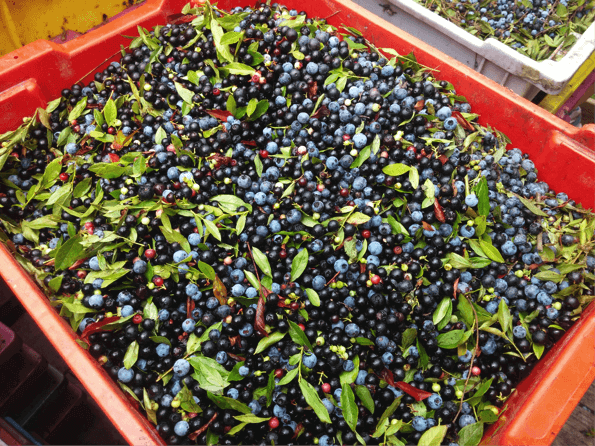
To purchase a bottle of Petite Blue or any number of the delicious wines made by Hermit Woods Winery, click here. If you are in New England, this gorgeous winery is open to the public, and has tours and a tasting room.
To purchase a bottle of Bluet click here. But be aware, Bluet is offered only in the summer, from July 4th until sold out.

